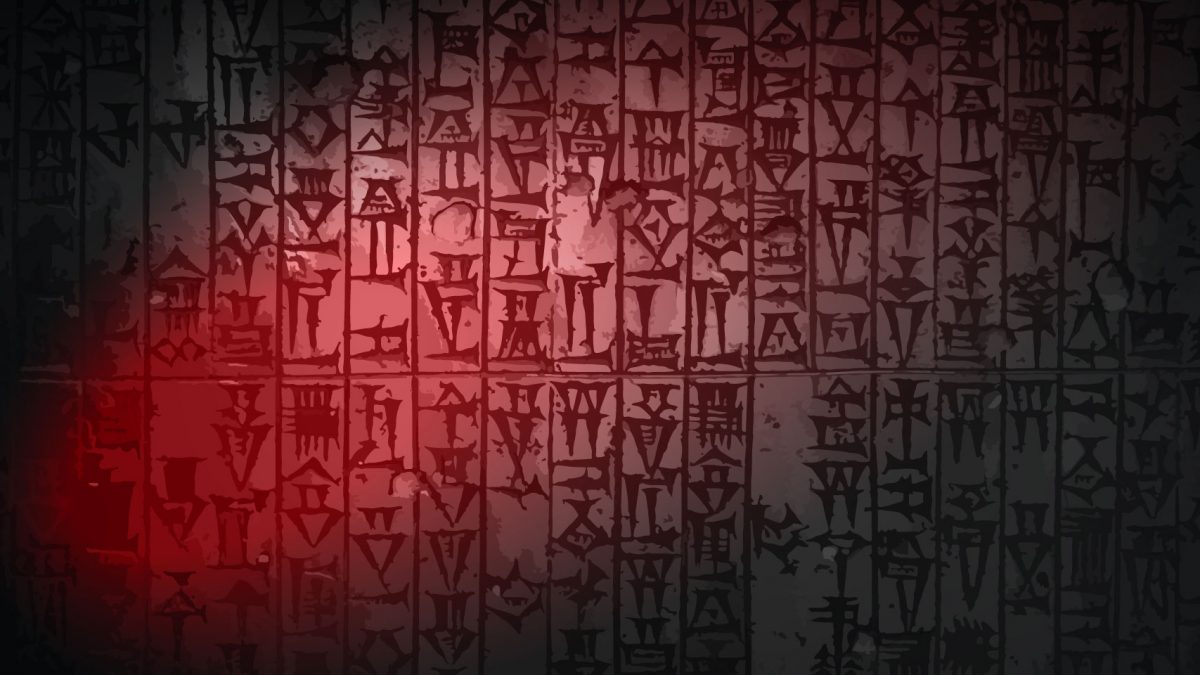#historyoflaw:// Code of Hammurabi


The legal codes are very similar to software or computer code.
Writing software literally means writing code like: “if this – then this”.
It is the same with any Legal Code: “If this” is called a disposition, while “then this” is called a sanction in a legal norm.
So, writing codes started much earlier than you think.
At this point we highlight the Code, which is one of the 10 oldest laws created and remembered by mankind and which served as the foundation of many modern state systems later, and which we can freely say is one of the oldest guardians of justice, or one of the oldest codes – Code of Hammurabi.
The mentioned Code, as one of the oldest inscriptions in the world (1754 BC) and the most important cuneiform legal monument, is one of the most complete sources of the Old Age, established by the Babylonian king Hammurabi.
It was found in the Iranian city of Suzi in 1902, where it was brought as a spoil of war by the Elamite king Nahunt in the 12th century BC and consists of three parts: prologue, articles, and epilogue. The text of the code is written on a black diorite pillar, 2.62 m high, and today, is kept in the Louvre Museum in Paris.
It consists of 282 members, with penalties based on the principle of “An eye for an eye, a tooth for a tooth” (Talion), and there was represented social inequality, and Talion was mainly applied to the lower strata of society. The Code regulates marital and family law, contract law, inheritance law and criminal law. The code was very cruel even at that time, with extremely severe punishments, but it was therefore strictly respected by the subjects.
The Code also regulates monogamous marriage between a man and a woman. Namely, unlike a man, a woman should not violate the principle of monogamy, bearing in mind that she is threatened with the death penalty – throwing into the water with her lover, while for doubt itself that she was with another man, a woman justifies herself by jumping into the water, and if she survives, the one who falsely accused her is punished by cutting hair as a form of embarrassment.
However, the position of women in ancient Babylon was more favourable than in other ancient states – a woman had legal and business and partly procedural ability; she could appear as a witness in court.
The sale of a child into slavery for no longer than three years, the amputation of the hands of an offender for insulting the father and mother, are just some of the brutality of the sanctions which this code consisted.
Hammurabi’s code introduces certain innovations for the first time until then – it distinguishes between negligent and premeditated murder, and for unintentional injury, only reimbursement of medical expenses is envisaged, while the accused was presumed innocent until proven otherwise.
In accordance with the then accepted tradition of the divine origin of the law, the Code also contained many customary provisions and religious terms, which were most represented in inheritance law.
Finally, we will list some of the articles of the Code:
Article 196. “If a man destroys the eye of another man, they shall destroy his eye.” (eye for an eye)
Article 200. “If a man breaks teeth an equal to himself in status, he should also break them.” (tooth for tooth)
Article 202 “If someone attacks a man higher in status than his own, he should publicly receive 60 blows with a whip for oxen.”
Conclusion
To conclude, social relations have changed a lot from the Old Century to the present day, but in addition, certain social relations that were the everyday life of the Old Century still exist, of course they are manifested and regulated by laws, but people’s behaviour is more or less similar, the disposition is more or less similar, the sanctions are different.
To support from a completely different angle.
Vladeta Jerotić (Serbian psychiatrist, psychotherapist, philosopher and writer, 1924-2018) once said on another topic and it refers to similar social relations in old times and now, from the angle of his profession of psychiatry, psychotherapy: “back in the Epic of Gilgamesh which dates from 2100 BC, it was described, among other things, as “young, they do not listen to the old, and the same is now, nothing has changed”. The writing of codes continues to this day, it is probably a matter of days when some legal norm will be replaced by computer code, at least in the code of simple obligatory transactions.


